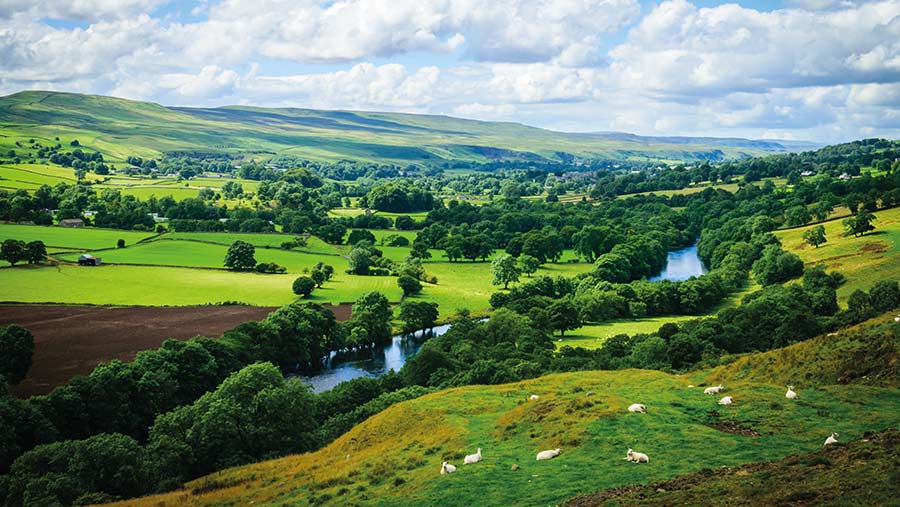Editor’s View: Still reasons to be cheerful amid dairy gloom
 © Kapook2981/Adobe Stock
© Kapook2981/Adobe Stock “Leverage is knowing if someone had all the money in the world this is what they’d buy.”
So says John Dutton, the hard-bitten cattle rancher played by Kevin Costner in the hit US TV series Yellowstone, referring to the gigantic slice of land he calls home.
Here, too, when things are going well there are plenty of you who revel in the splendid isolation and beauty of the British countryside.
See more: Survey reveals full impact of bovine TB on Welsh farmers
It is when things take a turn for the worse that the rural retreat can turn from feeling like a fortress to a prison.
For cattle farmers, being shut down with bovine TB is one of those times. This dreadful disease is a weeping wound in the flank of our dairy and beef sectors that takes a miserable toll on the livestock and wildlife affected.
Financial toll
Crucially, it also takes a financial and emotional toll on the business owners, sometimes over a stressful-but-short period when two clear tests follow a breakdown, and sometimes for years at a time due to endless days and nights of worry in the run-up to the dreaded testing week.
It is important to note that pushing through the blanket of gloom enveloping this subject are green shoots of hope.
For farmers in England, badger culling has helped the number of herds under TB restrictions fall to one of its lowest levels since 2010. That is hope for the present.
While this may be of little consolation to those who remain shut down, there is also hope for the future in the form of a cattle vaccine that could be here as soon as 2025.
No silver bullet
Vets are quick to say this is not a silver bullet that will solve the whole issue but, if it succeeds in what is left of the trials and passes the final regulatory hurdles, it will be a vital extra tool to drive down incidence rates further.
Hope of this kind is much in need to pierce the current cloud of gloom that lies over the dairy industry, amid a slump in farmgate prices.
Further sharp falls this week on global dairy commodity markets, taking prices back to close to five-year lows, will no doubt be held up at the end of the month by dairies as evidence they had no choice but to cut the milk price again.
Yet even as the UK consumption of liquid milk shows long-term decline (down to 40% of production in 2022, compared with 50% a decade ago), things could be worse.
A further look at Defra’s detailed statistics on milk usage shows that we export 6% of our production now, more than double what we managed 20 years ago amid rocketing cheese production.
Contract reform
Even the government is getting in on the act a teeny bit as it looks to implement long-awaited contract reform in the months ahead, which may rebalance the relationship between producer and buyer.
None of that should dispel the seriousness of the situation as revealed by the results of the NFU dairy farmer survey this week, with further contraction in farmer numbers seemingly inevitable.
Despite that there is no supply problem. Over the past few decades, every time a dairy farm shut down, another was quite content to grow in size, indicating that plenty have been, and likely remain, quietly bullish about the future.
Where is the ceiling for that expansion and should endless consolidation be opposed? Those are the key questions.
Until milk output comes under pressure, government and the supply chain will mostly shrug their shoulders and carry on imposing ever-higher standards.

